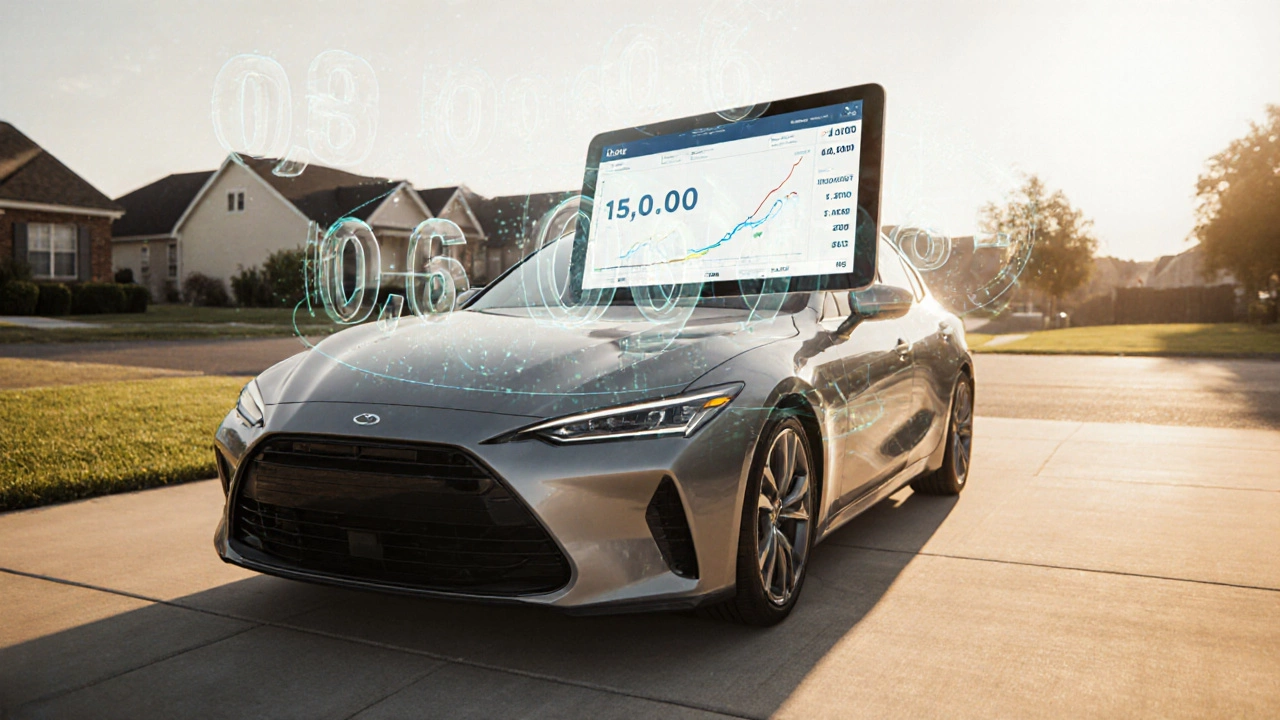$15000 Car Loan – What You Need to Know
When you search for a $15000 car loan, a short‑term personal financing product used to purchase a vehicle worth roughly fifteen thousand pounds. Also known as mid‑range auto loan, it lets you spread the cost over months or years while you keep the car. Understanding how a $15000 car loan works is the first step to avoiding surprise costs later.
Key pieces that shape your loan
One of the biggest drivers of the total cost is the car loan interest rate, the percentage charged by the lender on the borrowed amount. A lower rate reduces both the interest you pay and the monthly burden. The rate you qualify for depends heavily on your credit score, a numerical representation of your creditworthiness based on past borrowing behavior. Good scores (typically 750+) open the door to the most competitive APRs, while lower scores push rates up.
Another essential factor is the monthly payment, the amount you need to remit each month to satisfy principal and interest. This figure is a direct function of the loan amount, interest rate, and loan term. Shorter terms mean higher payments but less interest overall; longer terms lower the payment but increase total cost. Most borrowers balance these two to fit their cash flow while staying within a comfortable debt‑to‑income ratio.
The loan term, the period over which you agree to repay the loan, usually expressed in months or years is the final piece of the puzzle. Common terms for a $15000 car loan range from 24 to 72 months. Choosing a term is a trade‑off: a 36‑month term might shave a few hundred pounds off the interest bill, but you’ll need to free up more cash each month.
All three entities—interest rate, credit score, and loan term—interact in a simple semantic triple: the $15000 car loan’s total cost encompasses the interest rate, which is influenced by the credit score, and both shape the monthly payment. When you grasp this relationship, you can predict how a change in one variable ripples through the whole picture.
Practical steps start with checking your credit report. Spotting errors early can boost your score before you apply. Next, shop around for lenders. Banks, credit unions, and online platforms often publish their APRs, but the advertised rate may only apply to borrowers with top‑tier scores. Use a loan calculator to plug in different rates and terms, then compare the resulting monthly payments and total interest.
If you’re close to the $15000 threshold, consider whether a slightly cheaper used car could lower the loan amount. Reducing the principal even by a few hundred pounds can shave months off the repayment schedule or lower the required monthly outlay. Similarly, a larger down payment improves your loan‑to‑value ratio, which lenders view favorably and may reward with a better rate.
Don’t overlook fees. Some lenders tack on arrangement or early‑repayment fees that silently increase the effective APR. Read the fine print, ask about any hidden costs, and factor them into your total cost calculation. The goal is to end up with a transparent, affordable package rather than a surprise balloon payment down the line.
With these basics in mind, you’ll find the $15000 car loan landscape much easier to navigate. Below you’ll discover a curated set of articles that dive deeper into each of these topics—real‑world examples, rate tables, credit‑score improvement tips, and step‑by‑step payment calculators—so you can make an informed decision and drive away with confidence.

Learn how to calculate the exact monthly payment for a $15,000 car loan, explore how interest rates, loan terms, and down‑payments affect the cost, and get tips to lower your payment.
Read More